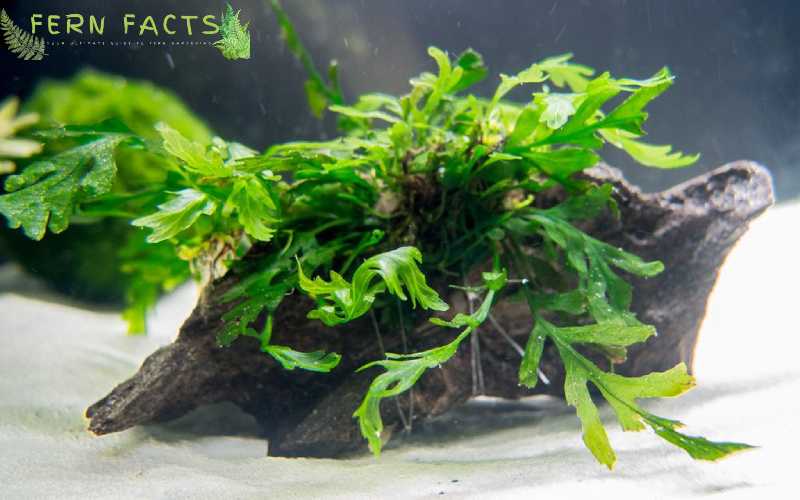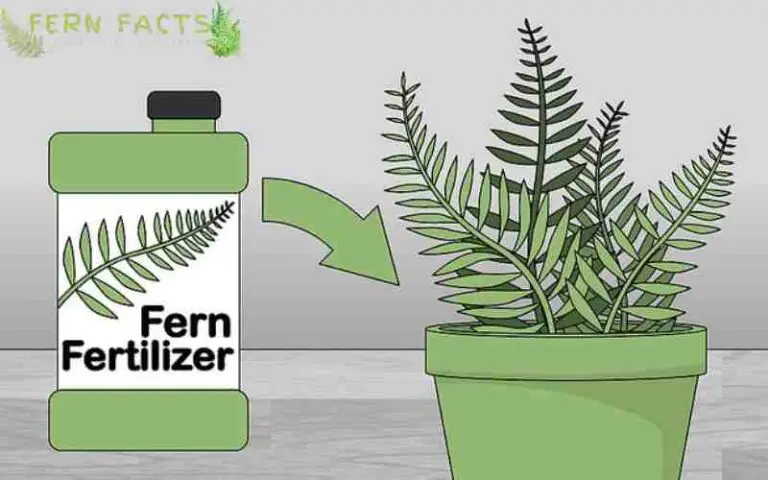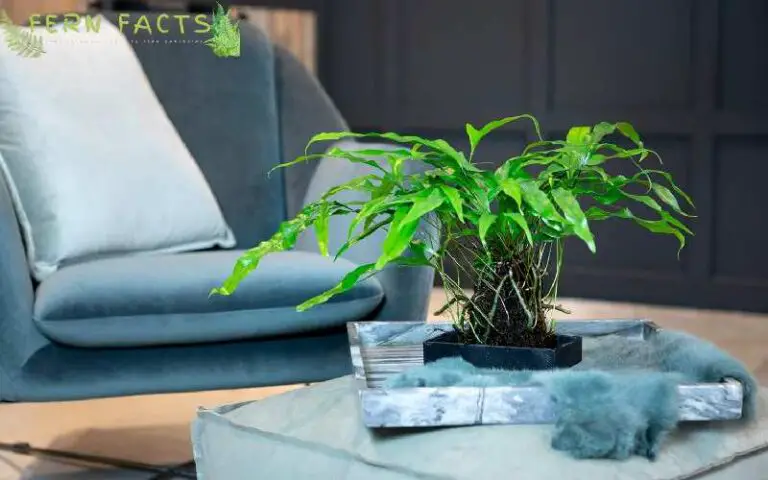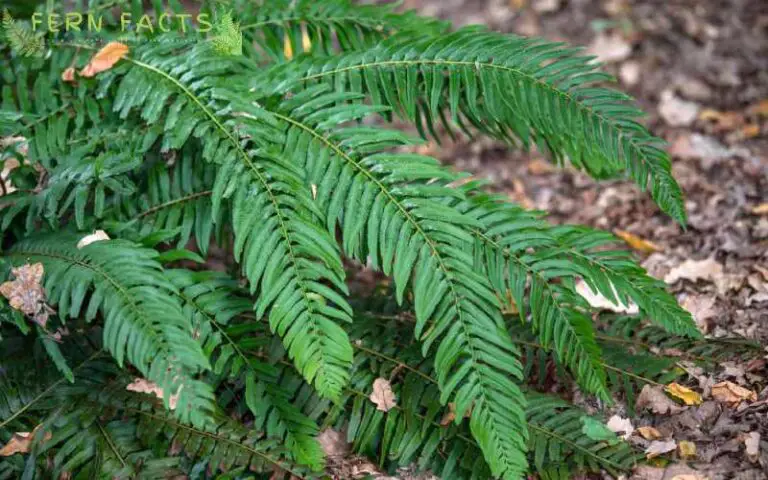Bolbitis Water Fern: Growing African Water Ferns
Have you heard the name Bolbitis Water Fern or African Water Fern? Do you know, What characteristics these ferns hold? If not, then go through this article.
In this article, I’ll give you an overall idea about African water ferns or Bolbitis Water ferns in detail. At the same time, I’ll demonstrate their ideal growing conditions and where you can grow these ferns.
In addition, I’ll also give you tips on how you can propagate these ferns. Thus, by knowing all this information, you will be able to grow and thrive these African water ferns in your house.
Overview of Bolbitis Water fern
- Botanical name: Bolbitis heudelotii
- Common names: African water fern creeping fern, Congo fern
- Family: Polypodiaceae
- Native Region: tropical and subtropical Africa
- Habitat: tropical freshwater, submerged
- Shade requirements: bright shade
- Height: around 22 inches
- Soil type: Chalk, clay, alkaline loam and sand
- Soil ph: 5.0 to 7.0
- Water temperature: 74°F to 84°F or 20°C to 28°C
- Hardiness zone: 4 to 12
Bolbitis Water fern, known as African Water Ferns is submerged under water ferns. Basically, These ferns are aquatic polypody ferns that are usually native to subtropical and tropical Africa and South Africa.
For their native habitats, they actively grow in fast-moving tropical waters like lakes, ponds, and riverside areas.
In the honor of Jean-Pierre Heudelot (1802-1837) who was a botanical explorer found these aquatic submerged water ferns. Thus, the plant’s name was given Bolbitis heudelotii.
These African water ferns have dark green pinnate fronds that grow up to 15 to 40 cm in height and 15 to 25 cm in width.
Similarly, they are a bit intolerable around crowded situations as well as heavy fish waste. They seem to enjoy more light underwater spaces with clean surroundings.
These ferns are Water ferns which means they grow best in underwater or aquatic conditions. Also, they also grow pretty green healthier ferns if they get ideal water temperature.
They can also grow in sandy and rocky bottoms as well as in driftwood. They need moderate acidic soil around 5.0 to 7.0 pH level. Also, they prefer 20 to 28° C temperatures of flowing water. Thus, in flowing water, they grow best.
Since they are water ferns, they don’t thoroughly depend on the soil’s condition for the above nutrients. Rather they utilize their underwater surroundings. These Africa Water Ferns are also used as purifiers for any tank, or aquarium.
African Ferns Growing Conditions
Now let’s see these African ferns growing requirements so that you plant these water ferns in your house.
Light
These African water ferns thrive in moderate aquatic lighting and shade. Too much light can affect their fronds’ color. Similarly, deep shade can transfer their fronds into a deeper appearance.
Thus, when you plan them in any tank or aquarium, make sure the lighting is at a moderate level. You can also use artificial lighting or LED lighting; they also grow well under this lighting.
However, try to avoid lighting that has a high level of UV rays. You can also place your aquarium or vivarium near south-facing windows.
It will provide them with a moderate level of lighting. Also, your plants will not get exposed to direct sunlight.
Watering
Since they are aquatic plants, you need to plant them underwater. So you don’t have to worry about giving them water from time to time.
However, for planting them underwater, you have to consider their water conditions. These African water ferns thrive on freshwater.
Therefore, clean water will be their ideal water condition to grow them. They cannot tolerate being in salty, unclear water. They need more space and refreshing water to grow.
Thus, try to provide them with tropical clean water with moderate acidic conditions. They prefer 5.0 to 7.0 ph acidic water to thrive. Moreover, you need to change the water on a monthly basis as they cannot tolerate dirty water.
By cleaning the water on a monthly basis, you can also take care of your ferns’ health.
Temperature and Humidity
As these water ferns grow in submerged situations, that’s why water temperature should be between 20 to 28°C. Similarly, they prefer cooler humidity in submerged conditions to grow actively.
Soil
Just like their tropical native habitats, they grow best in submerged conditions. Thus, they don’t need to depend thoroughly on the soil. Also, they don’t need to be planted fully with soil or with any subtract.
As long as their roots are slightly covered, they can grow. Nonetheless, they remain fully exposed underwater. Just cover or bury their roots, that will be enough for this plant.
Fertilizer
Since they grow underwater, you can use liquid fertilizer and CO2 as a fertilizer to optimize their growth. Combine these two and mix them in water once a month.
Although they don’t thoroughly depend on fertilizer to grow, they utilize underwater substances and their surroundings to grow.
Where You Can Grow This African Water Fern
Since you already know that these are submerged water ferns. So they enjoy living in underwater conditions. Hereby, You can plant them in any tank, or small pond in your garden.
Similarly, you can grow them in aquatic vivariums as well. Similarly, half terrarium and half aquatic-based containers will also be perfect for them to grow. For example, a Paludarium ( a type of vivarium) is a mixture of both surface land and water.
You can use this Paludarium also. Likewise, you can also grow them in aquariums as well. An aquarium is an enclosed container that is filled with water. Thus, you can use this type of aquarium to plant your African plant.
African Water Fern Propagation
Like most other fern, you can propagate these aquatic ferns through the division process. For propagation, take out your plants from the tank or from the aquarium.
Then, divide the roots from the main plants with a trowel or knife. Make sure each side has an equal sort of roots. Then again locate them in your aquarium and vivarium.
Use any mild substance to cover their roots with soil or with any rock, or driftwood. Be gentle with your aquatic ferns when you replace them in water.
Make sure the water is clean properly. Also, position the lighting conditions. Don’t give too much or too little light; it can affect their growth.
Conclusion
In short, African water ferns are submerged water-loving ferns that are widely distributed in Africa. Since they grow pretty well underwater, you can grow them in different types of deep-water atmospheres like ponds, tanks, aquariums, paludariums and vivariums.
By giving them moderate lighting, and fresh, clean, mild acidic water, you can thrive these Bolbitis Water ferns in your house.







